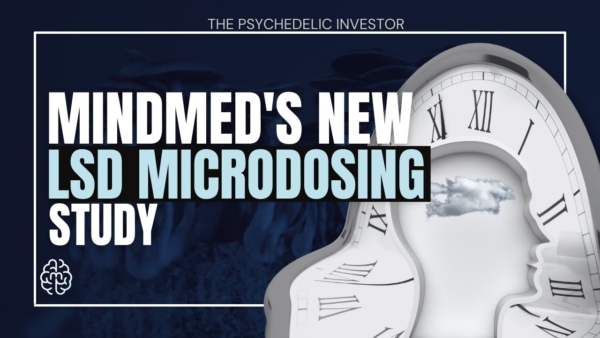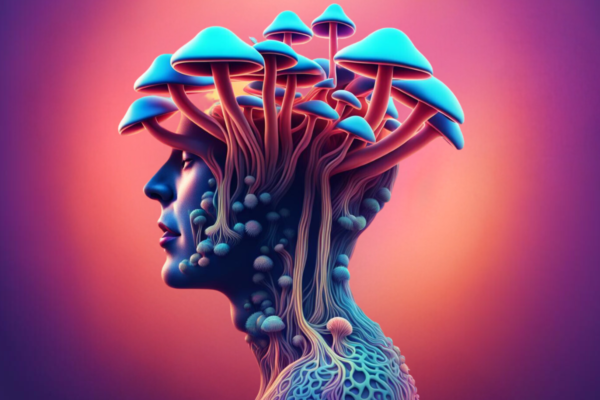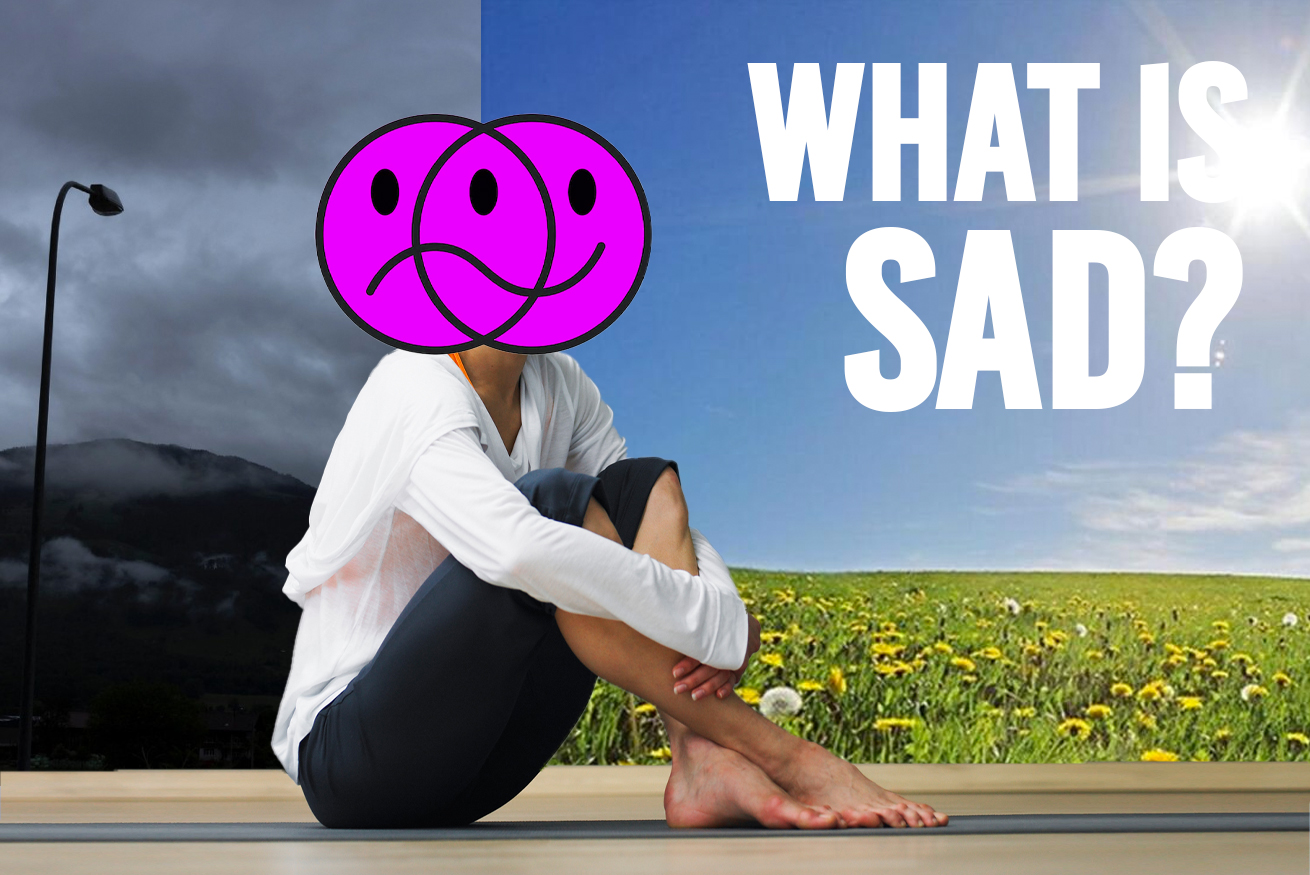
With the pressures of the holiday season compiled with less available daylight, it is not uncommon for people to feel more depressed during winter. The winter months can be a hard time for many and they can bring a gray cloud called Seasonal Affective Disorder, also known as SAD.
What is Seasonal Affective Disorder?
The term Seasonal Affective Disorder (SAD) was first used in 1984 by Norman Rosenthal and fellow researchers at the National Institute of Mental Health in Bethesda, MD. SAD refers to changes in mood that occurs during the fall and winter seasons and resolve come spring, which is thought to occur due to the change in available daylight. Less commonly, people experience the inverse and experience SAD during spring and summer, with it resolving in the fall months. Some people may have less severe symptoms than those with full-blown SAD, which is a syndrome called Winter Blues, or clinically known as sybsyndromal-SAD.
Source: Georgetown Behavioral Hospital
What is the History of Seasonal Affective Disorder?
While mood and energy changes during the winter has been an expected part of life for people living in colder regions, it wasn’t until the 1980s that this phenomenon was first identified as a treatable clinical condition. The official discovery of SAD was when physician Norman Rosenthal moved to the United States from South Africa and noticed that he was less productive in the winter but returned to normal in the spring.
He was working at the National Institutes of Health at the time and collaborated with two other researchers who were studying melatonin and the effects of light on melatonin and circadian rhythms. This collaboration led to the discovery that bright light could be used to effectively treat patients with SAD.
A tool was developed in 1984 to screen SAD called the Seasonal Pattern Assessment Questionnaire (SPAQ) by Rosenthal and colleagues. This questionnaire is an instrument used for retrospective self-rating of change in mood and vegetative functions with the seasons. It can be used by patients and healthcare professionals to understand symptoms better and make an informed decision.
What are the Symptoms of Seasonal Affective Disorder (SAD)?
People with SAD experience mood changes and symptoms like depression. These can manifest in a variety of ways. According to Mayo Clinic, symptoms of SAD include:
- feeling listless, sad, or down most of the day, nearly every day
- losing interest in activities you once enjoyed
- having low energy and feeling sluggish
- having problems with sleeping too much
- experiencing carbohydrate cravings, overeating, and weight gain
- having difficulty concentrating, feeling hopeless, worthless, or guilty
- having thoughts of suicide
Spring and summer SAD-specific symptoms include:
- Insomnia
- Poor appetite
- Weight loss
- Agitation or anxiety
- Increased irritability
Source: Clearvue Health
How is Seasonal Affective Disorder (SAD) caused?
Other than the decrease in available sunlight, stress can induce SAD. It can be common for stress to increase in people during the winter months. Stress is a tricky thing: it can cause depressive symptoms, but also depression can affect the way we handle stress, thus further stressing us out. In the winter, people with SAD are less able to properly handle stress as opposed to the spring and summer months. Getting up early for work, working long hours, meeting deadlines, and starting or finishing projects can all become too stressful to those with SAD tendencies.
In addition to environmental factors, biological factors can also affect a person’s predisposition to developing SAD. Assigned female at birth people are about four times more likely to develop sad compared to their counterparts. Genetic predisposition, such as having someone in the family who has experienced SAD or other forms of depression, can also increase the likeliness of SAD.
Furthermore, molecular explanations have been proposed. There have been several theories posited to explain the pathophysiology (cause) of SAD that include:
- Sluggish transmission in brain serotonin systems
- Insensitivity of the eyes to environmental light
- Abnormal circadian rhythms
- Abnormalities in genes responsible for serotonin transmission
- Abnormalities in genes responsible for sensitivity of the retina to light.
An imbalance of serotonin, known as the monoamine theory, is usually proposed as the cause for depression, but this theory has been contested for decades. The exact cause of SAD and other types of depression has not been fully elucidated.
Source: Verywell
How Can Seasonal Affective Disorder (SAD) be Treated?
There are a lot of things that can effectively treat SAD. According to Rosenthal, the following is a list of treatments, in order of effectiveness:
1. Light Therapy
Light therapy involves bringing more light into your environment during dark days in the winter. This can be done by getting outdoors in the morning, or, more practically, it can be done by means of lamps. According to Rosenthal, the most practical way is to use a light box.
His specifications for a light box are that the surface area should be at least one square foot – he notes that smaller boxes are less effective, in his opinion. In addition to size, the type of light is important. Fluorescent light boxes are the best when compared to LED ones, considering that the latter have not been as well tested for safety or efficacy. Lastly, the color of the light matters. Rosenthal recommends white light as opposed to blue citing safety concerns about it from some experts.
2.Stress Management
People suffering from SAD have a reduced ability to handle stress, which can exacerbate depressive symptoms. To combat this, Rosenthal advises thinking about winter ahead of time and not undertaking stressful projects. He proposes Yoga and meditation to manage stress; this can vary from Transcendental Meditation, mindfulness, loving-kindness, open field meditation, or walking meditation.
3.Exercise
Because SAD decreases energy levels, it can become habitual to, as Rosenthal puts it, become couch potatoes. Regular exercise can be an extremely helpful way of managing SAD. There are many types of exercise a person can do, but the kind of exercise matters less than the ability of the person to be able to stick to doing it regularly. Whatever exercise you choose, make sure you make it a habit and do it regularly to get the benefits, both mentally and physically.
4.Talk Therapy / Psychotherapy
When dealing with SAD, people can feel isolated and alone, so it can be helpful to talk to someone and have them guide you through this period. Finding a good therapist that you can trust to talk about your feelings is important. Therapy can have a barrier to entry due to high costs, but this does not have to be the norm. Look in your area for therapists who allow sliding-scale fees to make therapy affordable. If you do not have insurance, it can be of use to research community centers in your city that refer you to mental health services without the need of insurance. There is evidence that cognitive behavior therapy can not only curb symptoms of SAD, but also reduce the chance of them returning the following winter.
5. Diet
People with SAD can tend to crave sweets and starches, which causes weight gain due to overconsumption. Although these boost energy briefly, they can often make people feel lethargic, which then leads people to eat more carbohydrates and get stuck in a loop. People who suspect they may have SAD, that do have it, or want to prevent it should be encouraged to eat diets high in proteins, vegetables, unprocessed foods, and complex carbohydrates. In addition, vitamin supplements, particularly Vitamin D, can help manage SAD, too. A systematic review and meta-analysis concluded that low levels of vitamin D are associated with depression. During the winter months, those living ~33 degrees north or 30 degrees south of the equator are not able to synthesize Vitamin D, those supplementing is important. Further studies need to be conducted, but research suggests that taking daily vitamin D can help manage and improve symptoms. Preventative action can be taken in the months before winter to prevent symptoms from arising.
6. Antidepressants
Lastly, antidepressants can be a valuable part of a person’s SAD management routine. According to Rosenthal, these should be prescribed by someone with an understanding of SAD. He notes that the more effective the other aspects of SAD management are, then the fewer use of antidepressants that will be needed. What Rosenthal and colleagues found out was that giving antidepressants in the autumn, before symptoms arose, also helped prevent the subsequent onset of SAD symptoms.
7. Relocation
If symptoms get too much to handle and all else fails, relocation to southern regions can help alleviate SAD. This is a money-dependent option and a major life change, so it is not a particularly convenient or practical option for many. An alternative could be taking a winter vacation to southern places with more sunlight for a couple of days to help alleviate the symptoms. This can help manage stress levels, which can also alleviate symptoms.
8. Psychedelic-Assisted Therapy
This treatment is not mentioned by Rosenthal, but it holds promise. There is limited research on the effects of psychedelics on SAD specifically, but there is a lot of evidence that supports them improving major depressive disorder (MDD) and other mental conditions. Considering the similarity of SAD to non-SAD depression, it can be hypothesized that psychedelics can be a viable treatment. Currently, psilocybin and ketamine are the main focus in novel antidepressant therapies.’
Winter is a hard season for many, and the stress of the holidays doesn’t make things any easier. If you believe you are experiencing SAD symptoms, luckily, there are various ways to treat them. Knowing to spot the symptoms of SAD is the first step in tackling this disorder. Assessing your symptoms through the help of professional tools like official assessments and through the aid of a professional therapist can provide you a solid foundation to improve symptoms. Even if SAD can make some days feel unsurmountable, there is solace in knowing that things can improve come the return of spring.
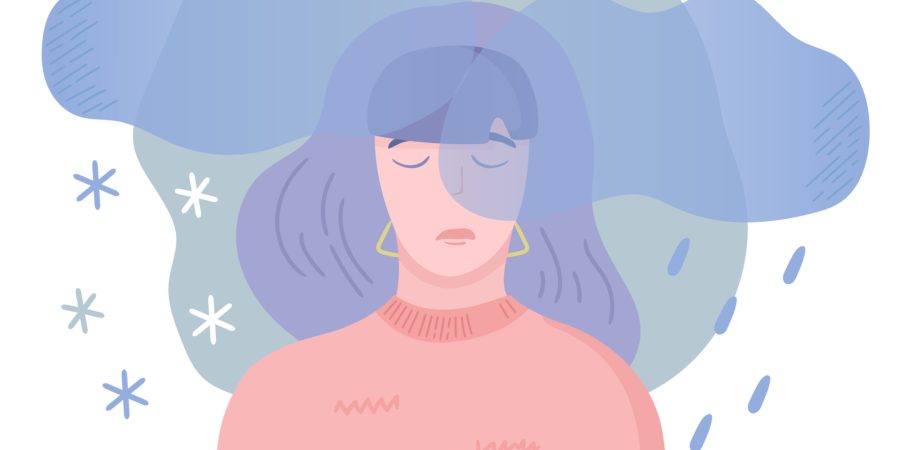
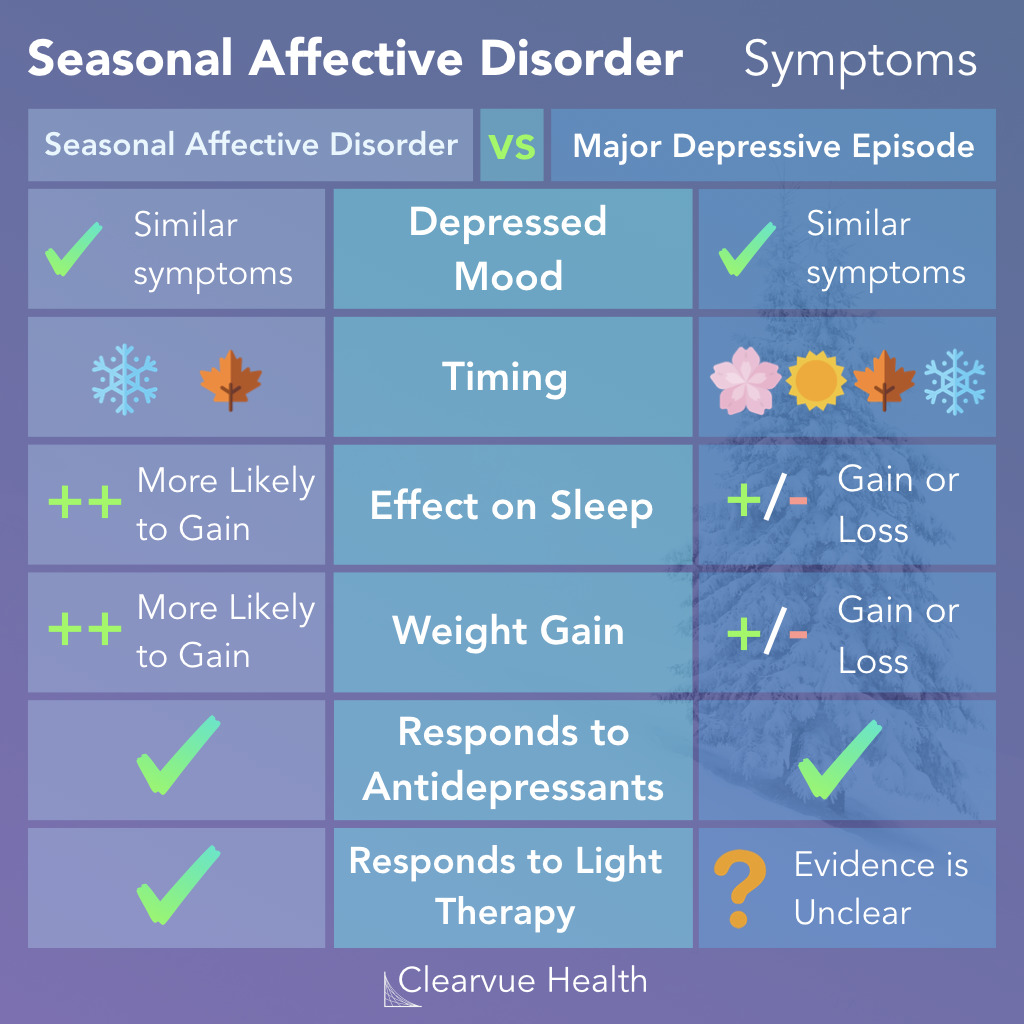
:max_bytes(150000):strip_icc():format(webp)/seasonal-affective-disorder-sad-50843822_final-e62c54fd6ef14daaa964b2eb838cd36f.jpg)

